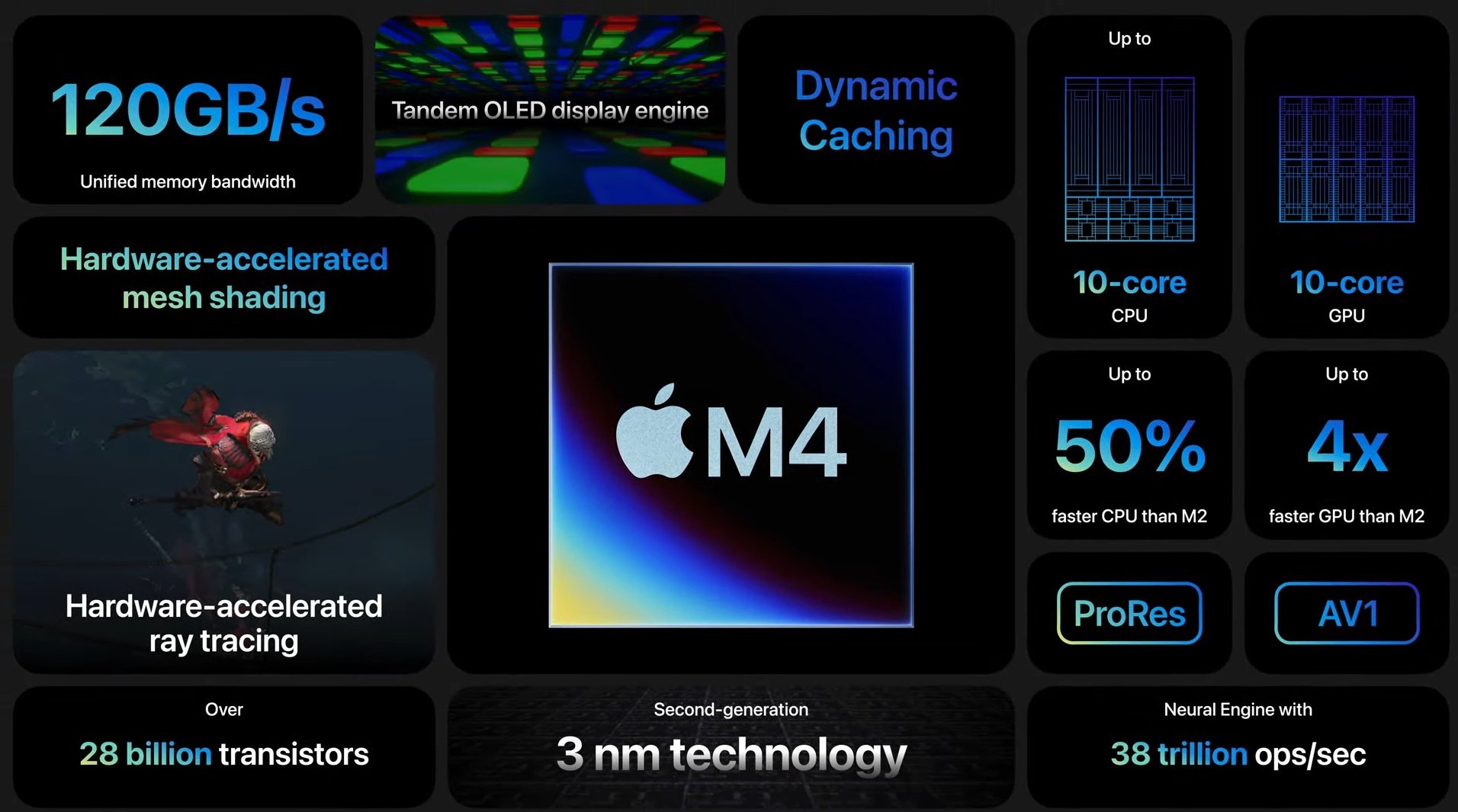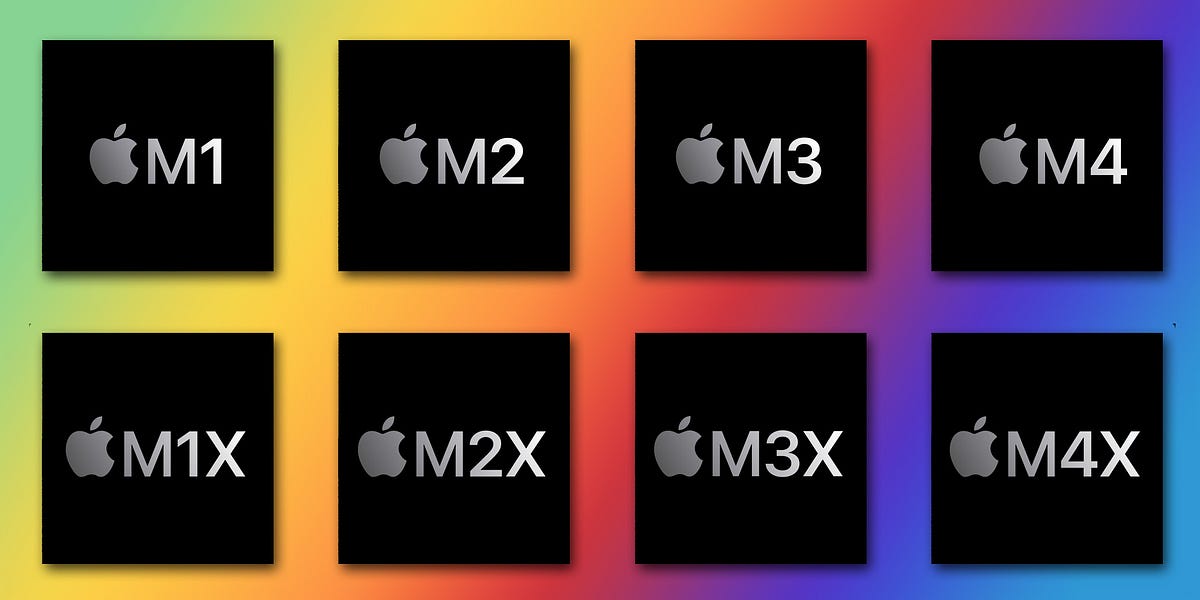The relentless march of Apple Silicon continues with the unveiling of the M4 chip in May 2024. This next-generation SoC (System on a Chip) promises significant performance advancements across the board, solidifying Apple's position at the forefront of mobile processor design. This article delves into the technical details surrounding the M4, explores its potential architectural improvements, and analyzes its anticipated impact on various user segments.
Architectural Inferences: Building Upon a Solid Foundation
While Apple maintains secrecy regarding the M4's precise architecture, educated inferences can be made based on its predecessors. We can anticipate a custom ARM architecture boasting increased core counts for both the CPU and GPU. Here's a breakdown of the expected advancements:
- Central Processing Unit (CPU): The M4 is projected to feature a faster CPU with an optimized core design. This translates to smoother multitasking, expedited application launch times, and the ability to tackle demanding workloads like video editing and 3D rendering with remarkable efficiency.
- Graphics Processing Unit (GPU): Gamers and creative professionals will likely rejoice at the anticipated advancements in the M4's GPU. Apple's promise of a "next-generation GPU" suggests significant improvements in graphics processing power. This translates to smoother visuals in games, accelerated rendering times in creative applications, and potentially unlocks new possibilities for augmented reality (AR) and virtual reality (VR) experiences.
- Neural Engine: The Neural Engine is the cornerstone of many of Apple's AI-powered features, including Face ID and advanced image manipulation tools. The M4 is expected to be equipped with an even more powerful Neural Engine, significantly accelerating machine learning tasks and potentially paving the way for groundbreaking new features that leverage on-device AI capabilities.
Performance Gains: A Measured Approach
While Apple remains tight-lipped on specific benchmarks, historical trends within the M-series chip family allow for informed predictions regarding performance improvements. Here's a breakdown of what we might expect:
- Double-digit percentage increases in CPU and GPU performance compared to the M3.
- Enhanced Power Efficiency: A hallmark of Apple Silicon is its focus on efficient chip design. The M4 is likely to continue this trend, offering improved battery life despite the anticipated performance gains.
Target Audience: Who Needs the M4's Powerhouse Performance?
The M4 chip undeniably packs a punch, but not all users require such processing prowess. Here's a breakdown of the demographics that will likely benefit most from the M4's capabilities:
- Creative Professionals: Video editors, graphic designers, 3D modelers, and anyone who works with demanding creative applications will experience significant performance improvements with the M4.
- Gamers: The M4's enhanced GPU promises smoother gameplay in high-end mobile titles and potentially opens doors for more graphically intensive games on future Apple devices.
- Power Users: Those who multitask heavily, work with large datasets, or require the absolute fastest performance will find the M4's processing muscle invaluable.
A Glimpse into the Future of Apple Silicon
The M4 chip signifies another pivotal step in Apple's transition to its own custom silicon. With each iteration, these chips become more powerful and efficient. As developers create software optimized for the M-series chips, we can expect even more impressive performance and capabilities in the future.
It is important to note that some aspects of this analysis are based on informed speculation and leaks. Apple will officially reveal the full details of the M4 chip's architecture and performance benchmarks when they launch devices featuring the M4.
)


Post a Comment